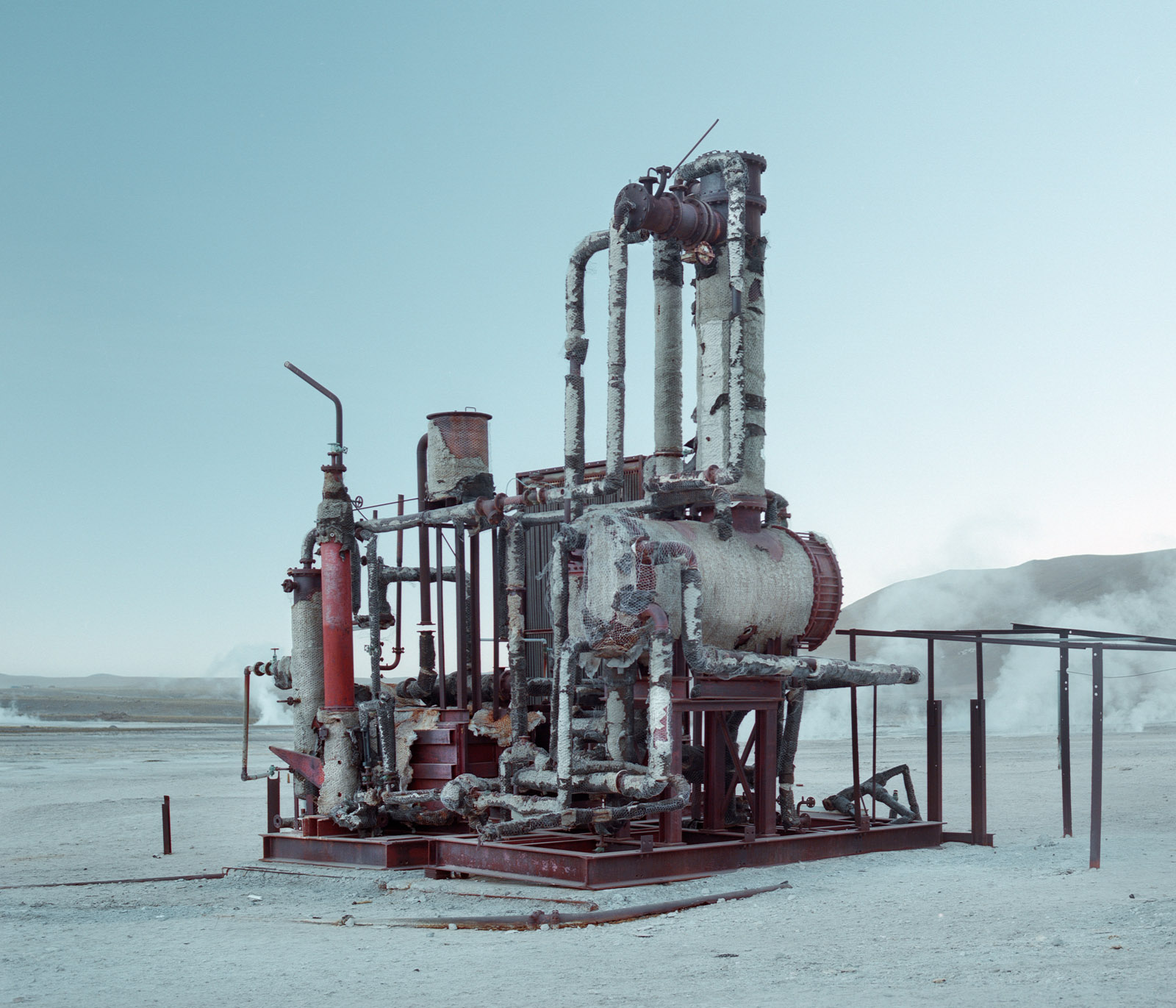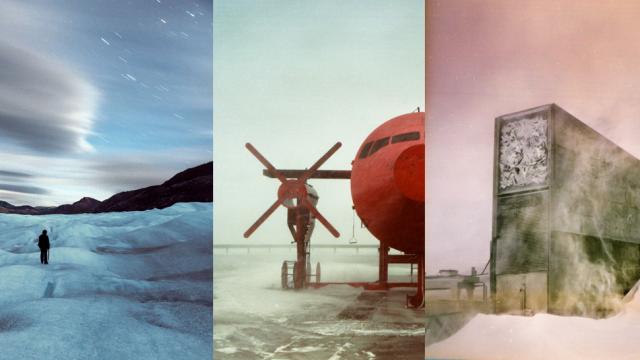It’s not hard to make the arctic beautiful. But the observatories, abandoned factories and shipwrecks scattered across its white expanse? That’s tougher. For landscape photographer Reuben Wu, that was exactly the allure of the arctic archipelago of Svalbard.
Wu is a musician by trade — he’s a member of the electro act Ladytron and a DJ the rest of the time — and his success with music is part of what’s enabled his career as a photographer to blossom. Travelling the world on tour, he’s been able to visit an incredible wealth of unusual places — and shoot them, usually using his beloved Polaroid. “On my travels I’ve been spoilt by the amount of stuff I’ve been able to see,” he tells Gizmodo. “And over the years I have become more and more attracted to the dark and hidden things which most people have forgotten about, yet have their own aura of history and identity.”
Among those “dark and hidden things”? The long-abandoned Sea Forts in the English channel, built during World War II to monitor Nazi aircraft, and decaying “sound mirrors”, an early, low-tech concrete structure that concentrated sound waves to detect radar. Wu sums up his motives succinctly, saying, “basically, I’m a weird rebel tourist.”

Abandoned WWII-era Sea Forts.
In 2011, Wu traveled to Svalbard, the collection of remote islands in the far north of Norway. Though it’s been host to dozens of temporary human settlements over the centuries, it remains a largely uninhabited place. The main permanent settlement — Longyearbyen — supports a few hundred scientists, serving as a base camp for research going on elsewhere in the arctic. But Wu, in his own words, wanted to explore “all the hidden things that normally go unnoticed by tourists.” He visited sites like the Svalbard Seed Vault, an ice-encrusted bunker where scientists are amassing thousands of seed samples in case of a catastrophe, and Barentsburg, an abandoned Russian settlement that still boasts huge statues of Lenin and Social Realist artwork.
Below, see a few of the highlights from the trip. And if you want a creepily appropriate audio accompaniment, check them out while listening to Jonny Cash read the classic 1907 poem, The Cremation of Sam McGee, which tells the story of an arctic miner’s ghost. For more about Wu, check out his Facebook or visit his website.
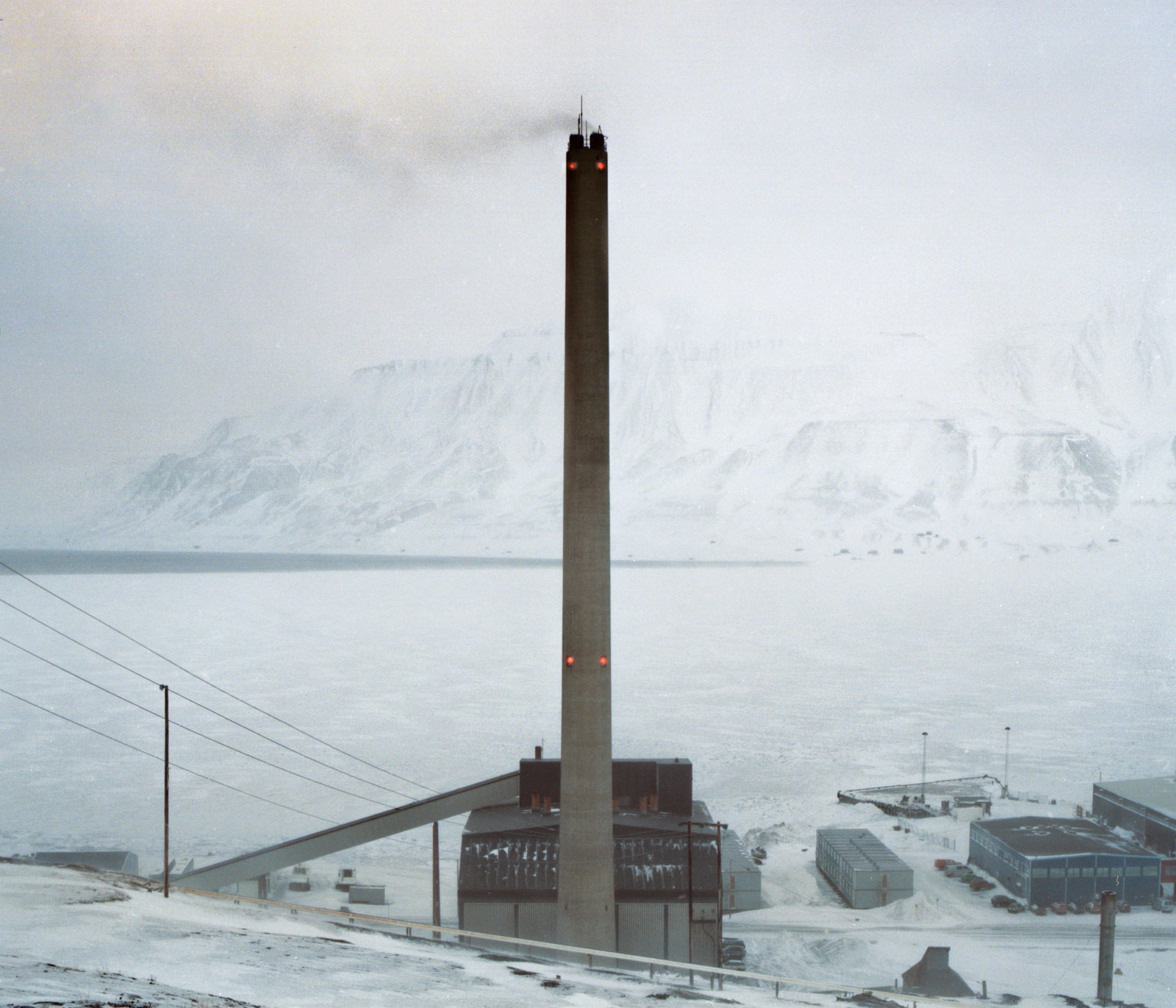
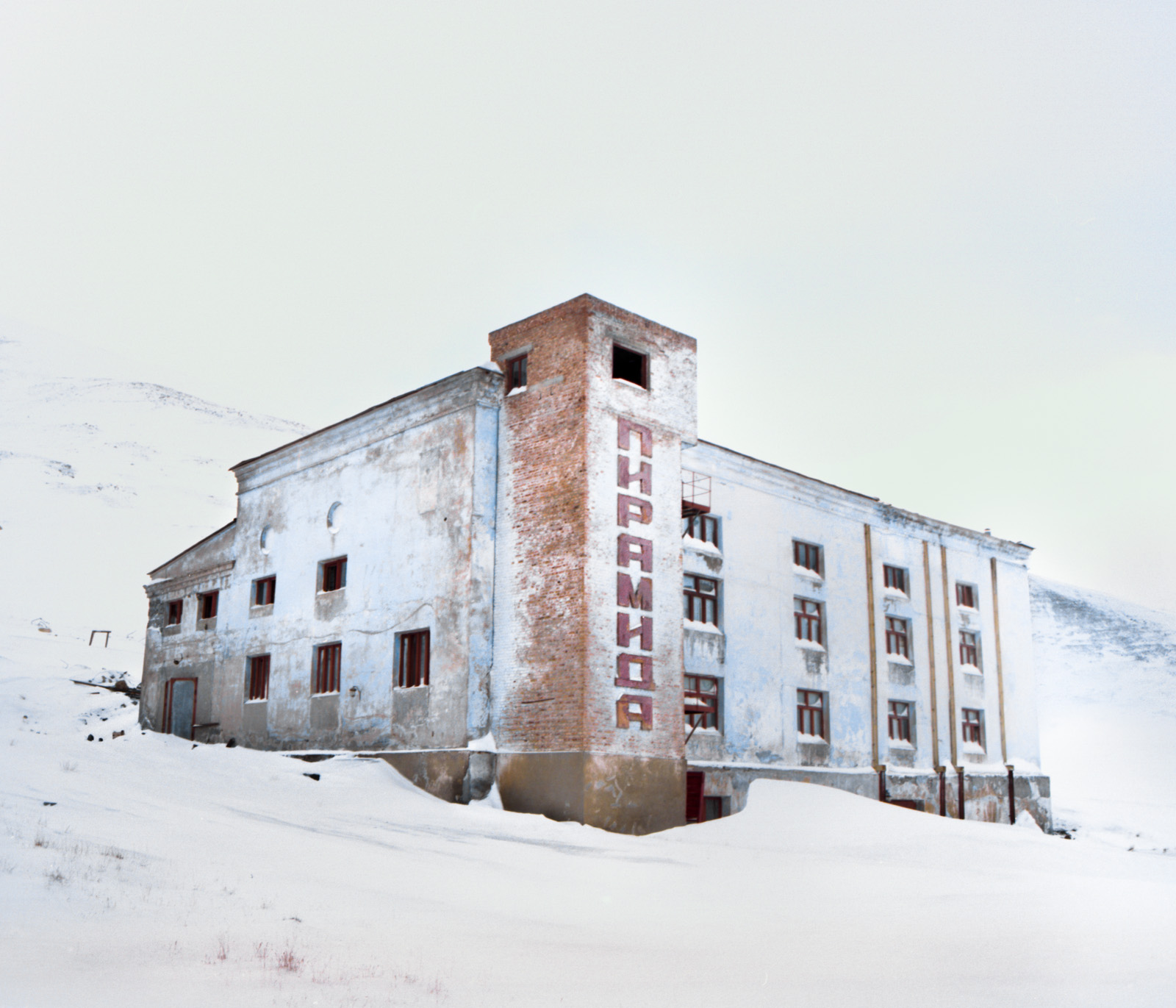
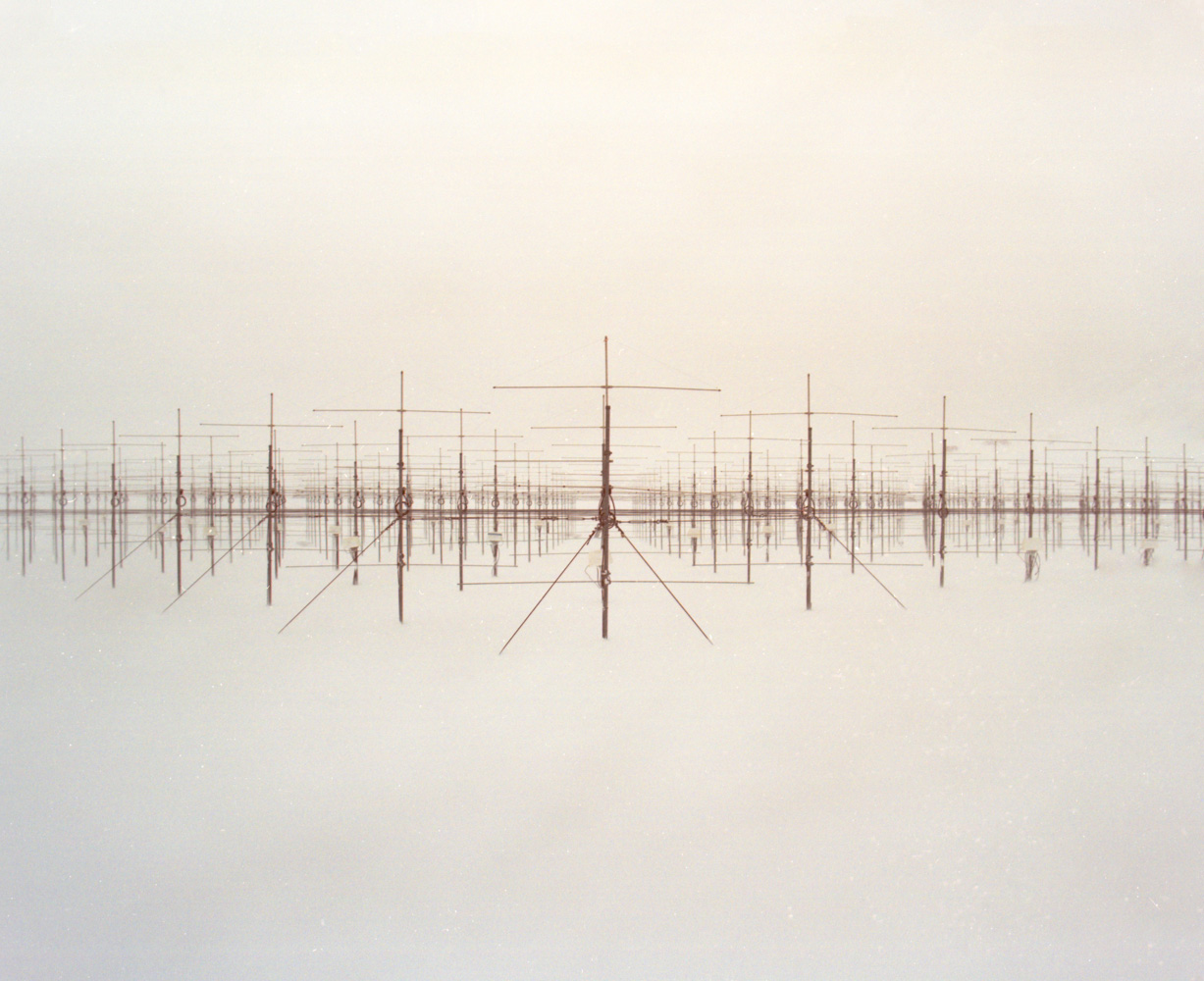
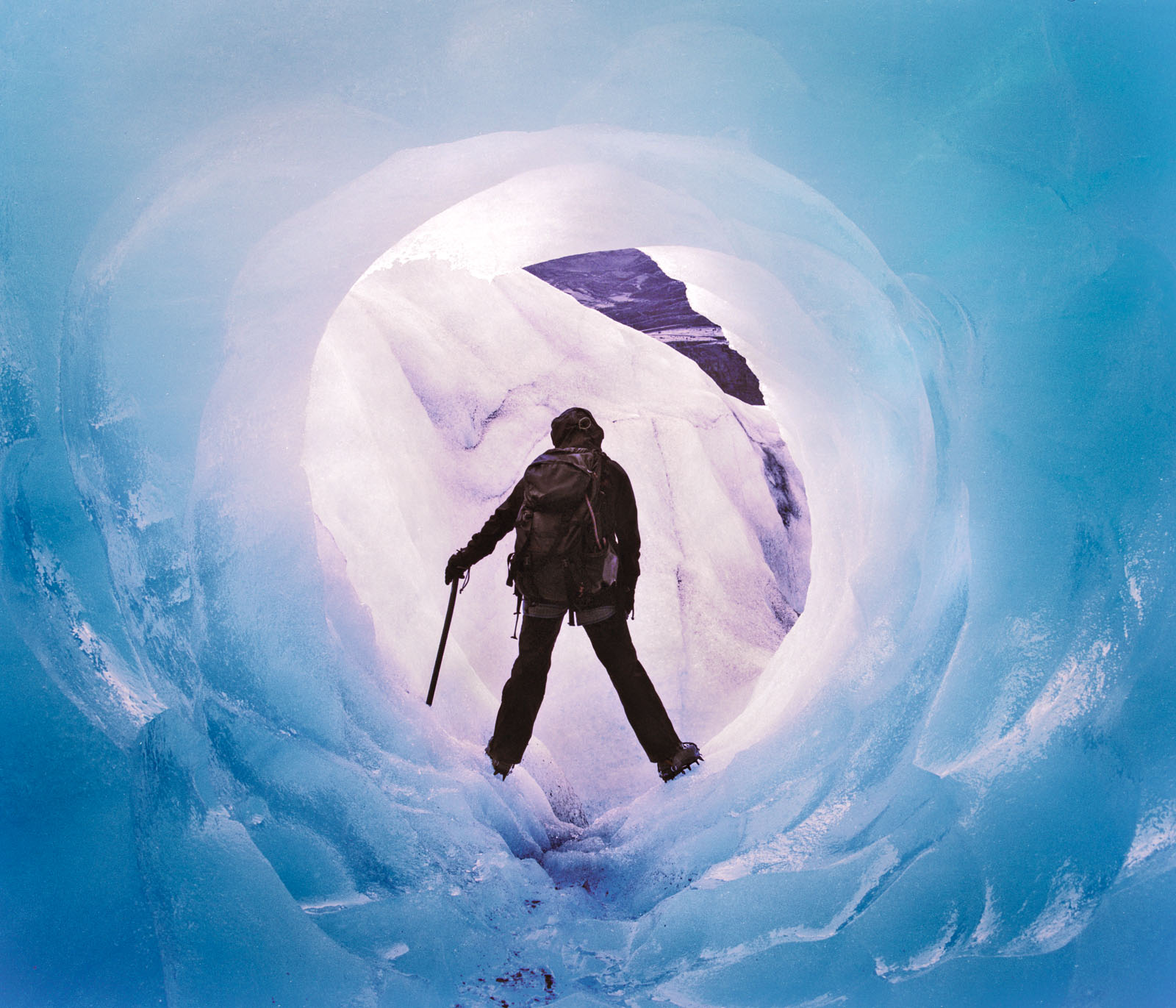
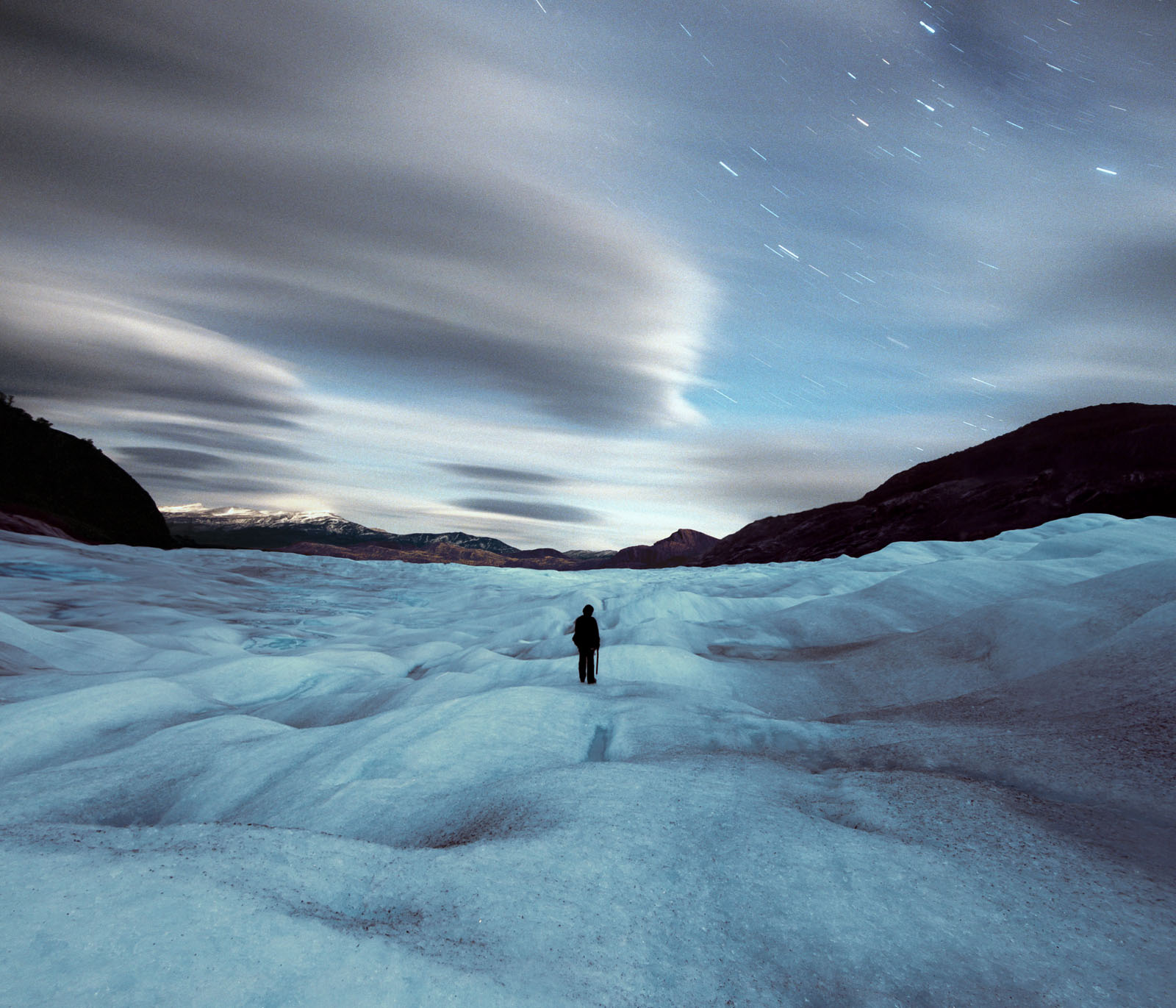
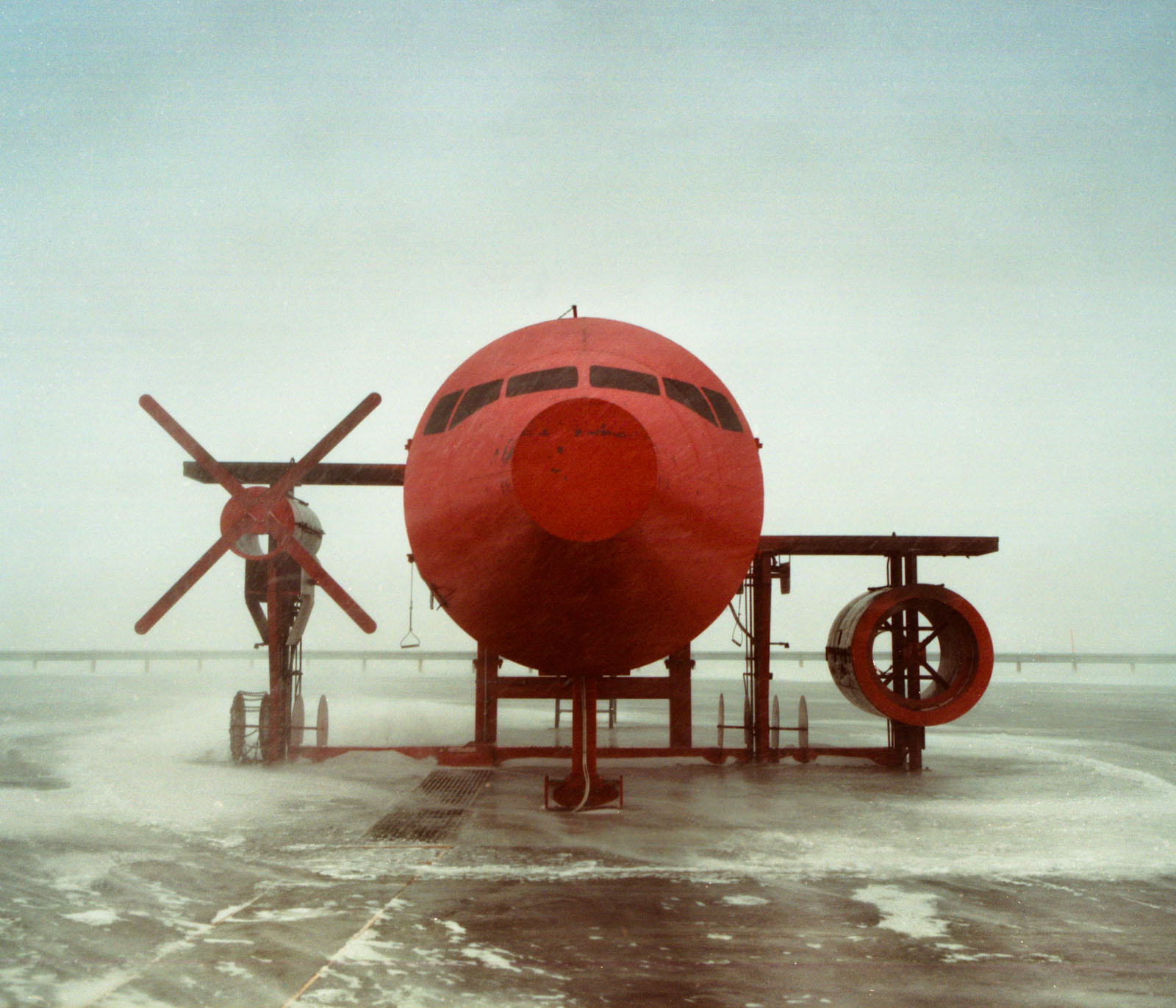
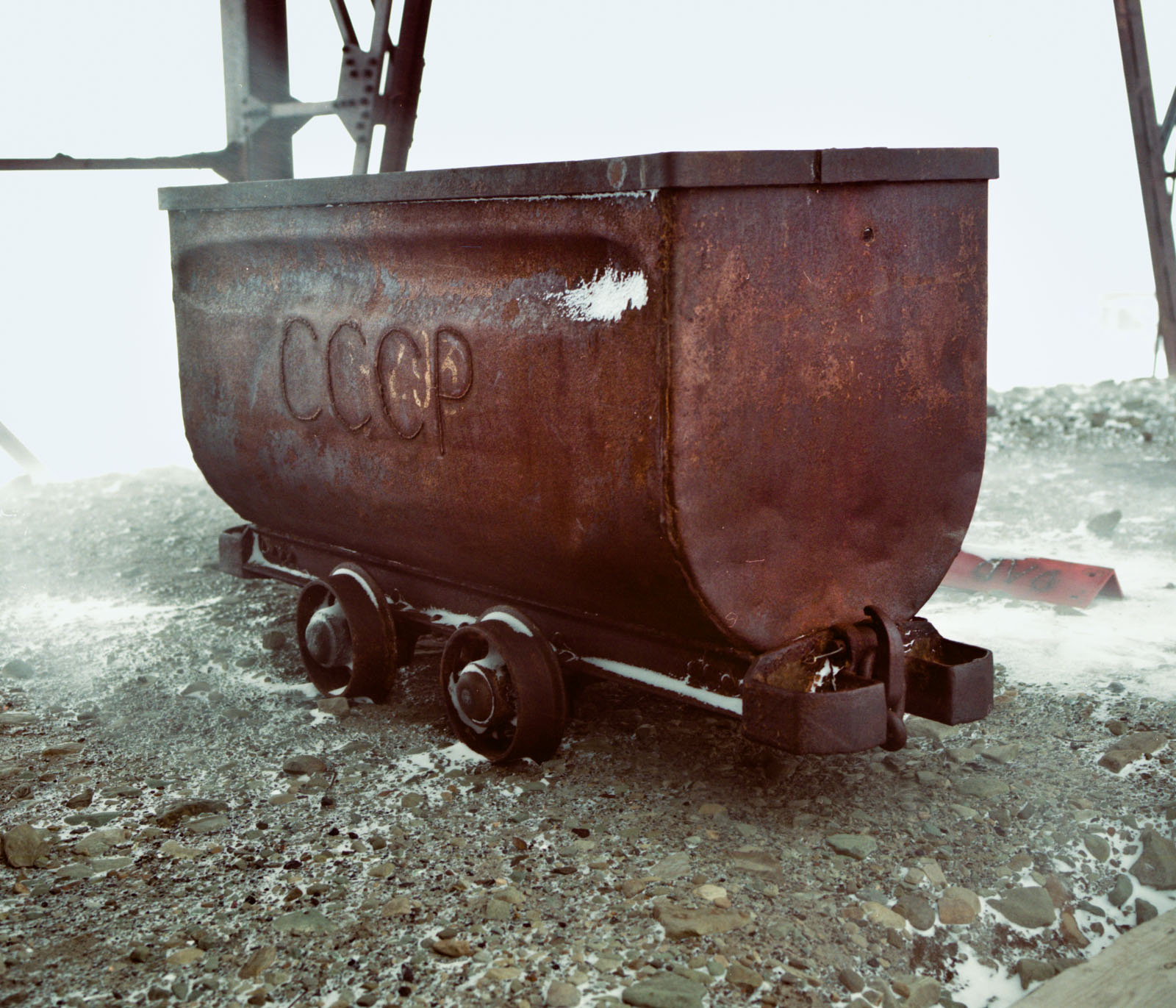
Barentsburg, the abandoned Russian settlement on Svalbard.

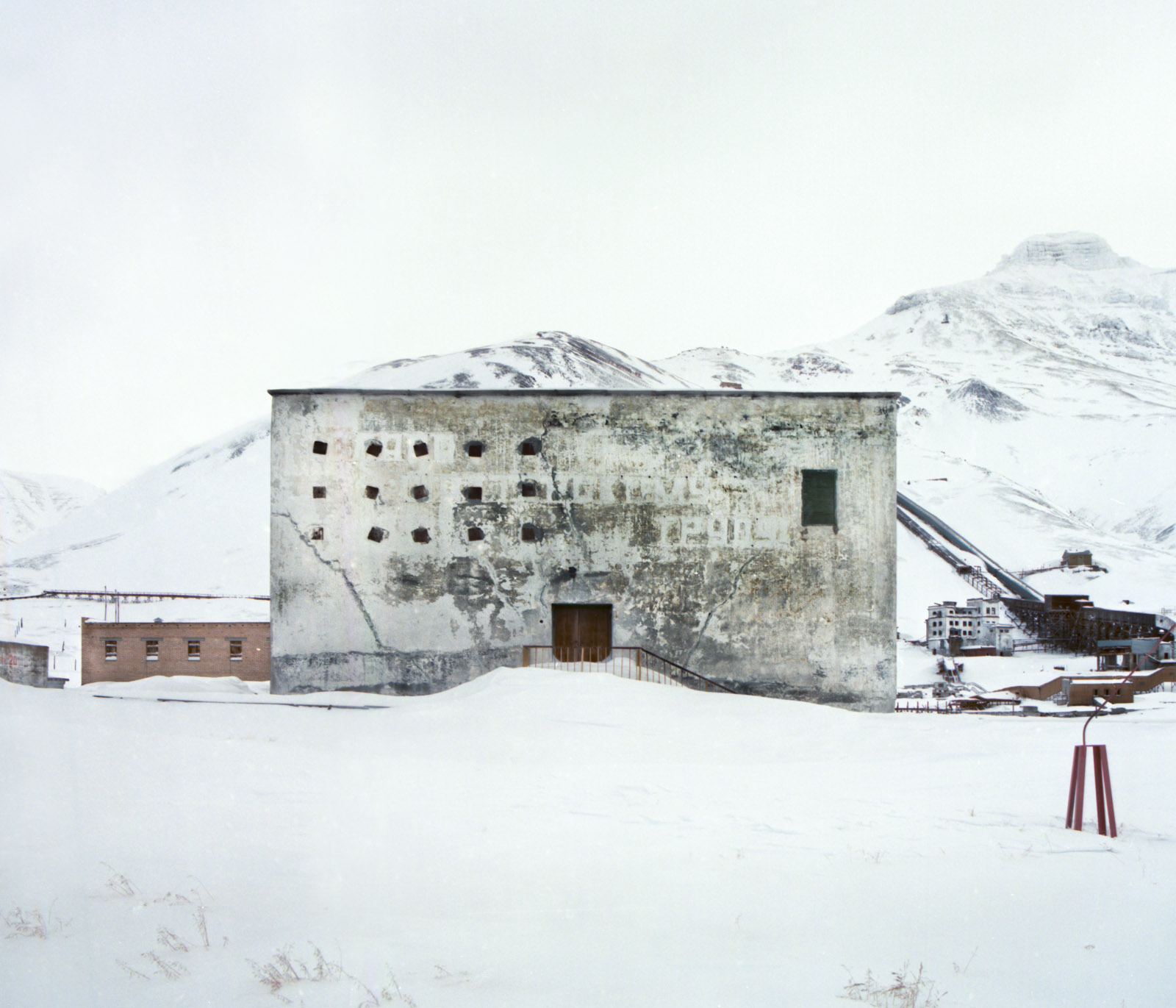
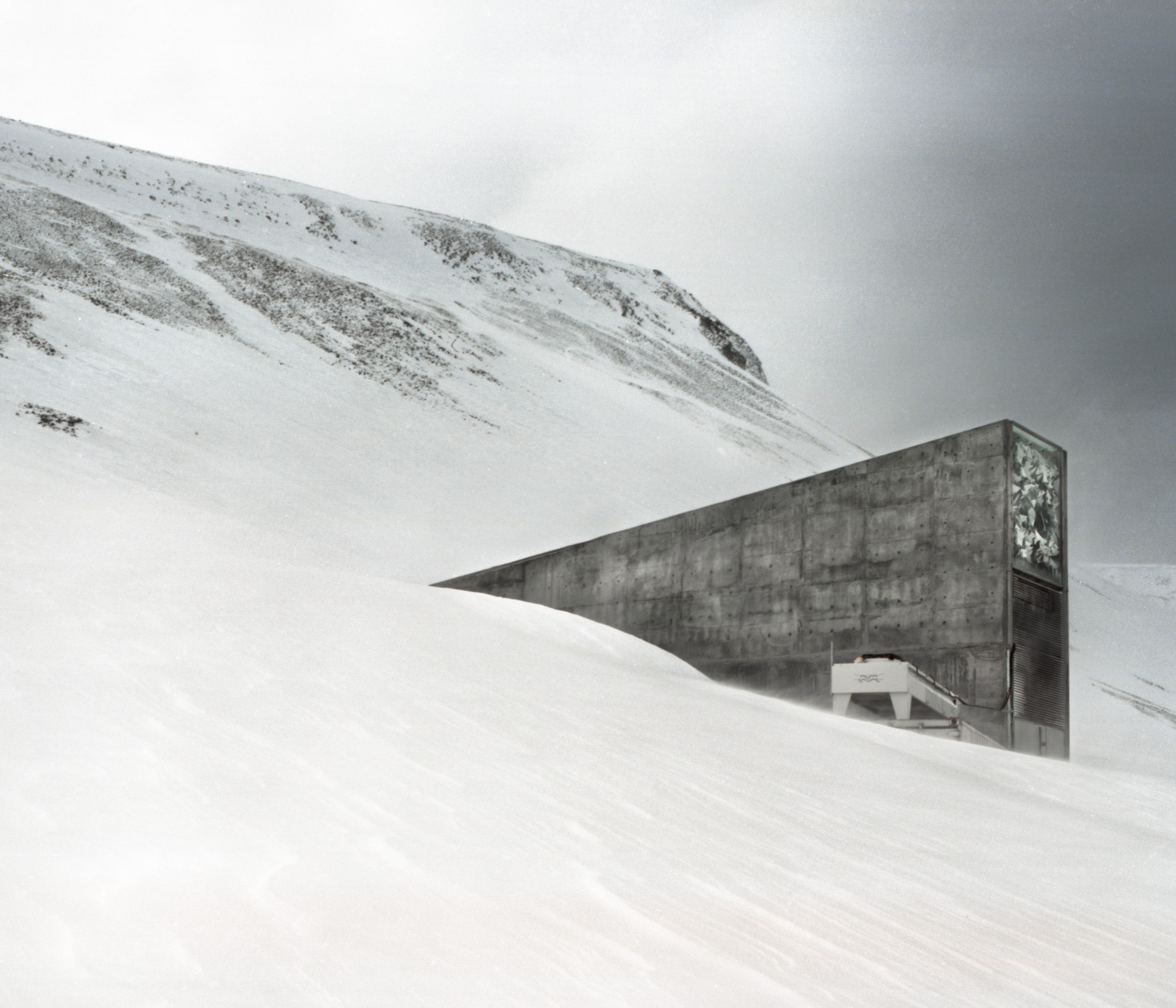
The Svalbard Seed Vault.
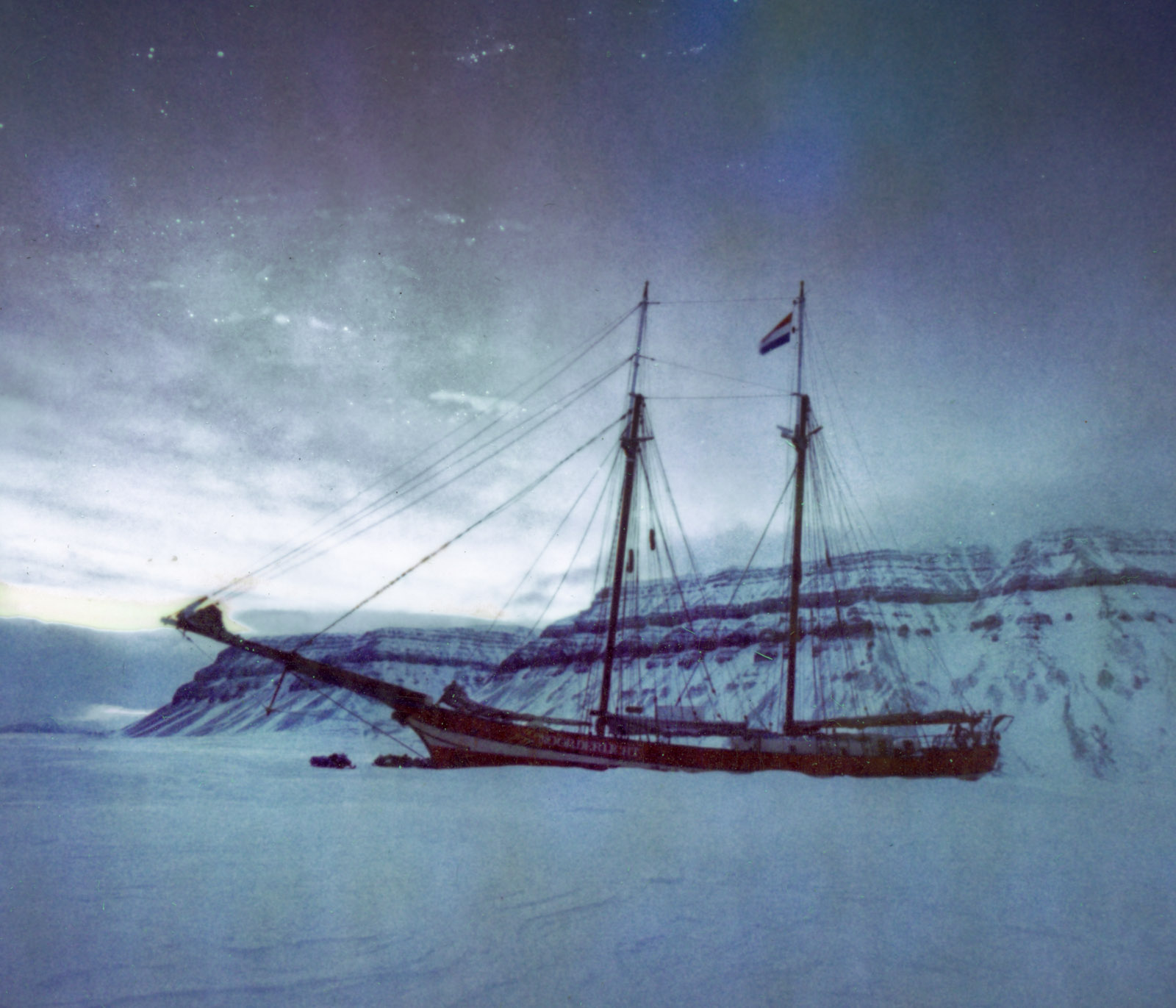
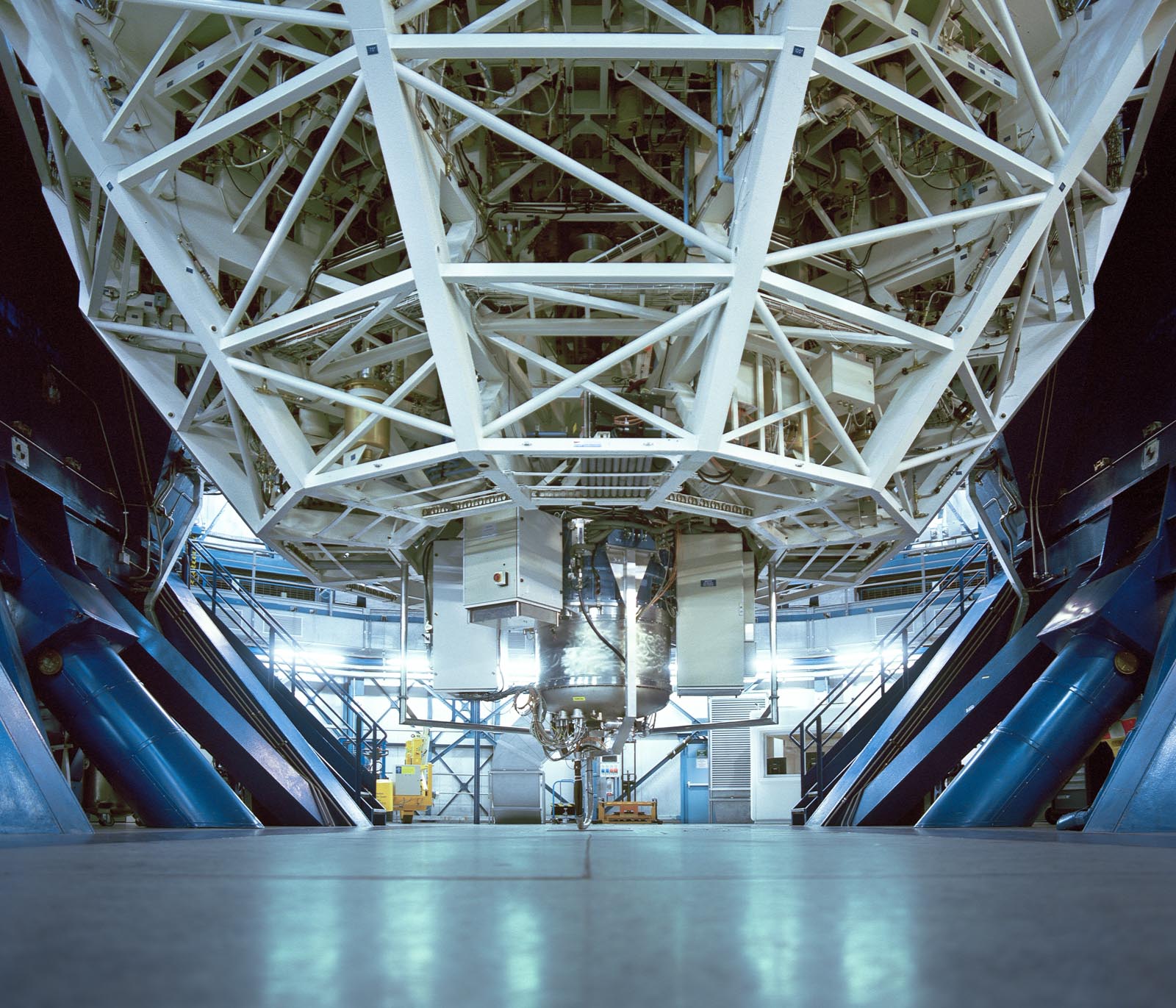
The observatory in the Atacama Desert, on the edge of the Andes in South America.

